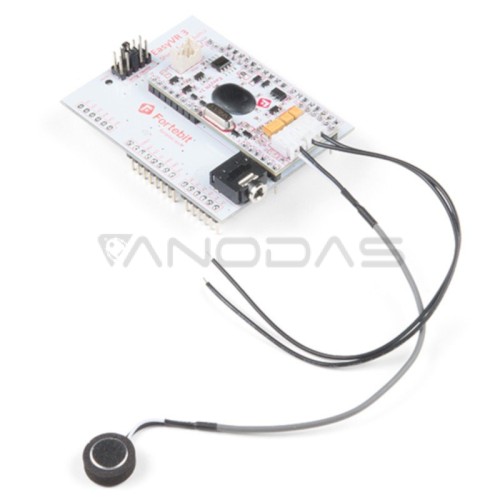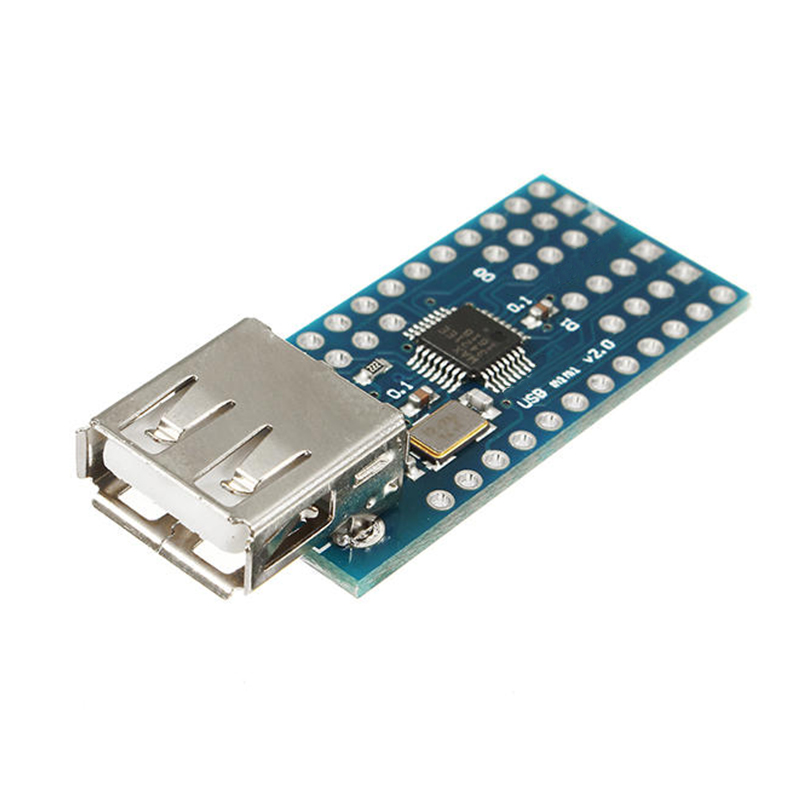

About 10 minutes later, I reset the arduino and tried it again with the same code, and now I’m getting nothing. My final straw that has officially driven me insane was a moment where after days of searching usb specs, looking through the library, and looking for examples, I reverted to the basic example provided with this link and got the OP-1 talking. The three devices I’ve been testing are the Akai MPK mini keyboard, the Korg nanoPad, and the Teenage Engineering OP-1. If (!card.I’ve been poking at this for a while now (2-3 weeks, everyday), and I keep getting sporadic results. since we're just testing if the card is working!


we'll use the initialization code from the utility libraries or the SD library functions will not work. (10 on most Arduino boards, 53 on the Mega) must be left as an output Note that even if it's not used as the CS pin, the hardware SS pin Open serial communications and wait for port to open: The Sparkfun microSD shield uses pin 8 for CS set up variables using the SD utility library functions: To use the SD library with the shield, you'll need to change the line const int chipSelect = 4 to const int chipSelect = 8 in the CardInfo.ino sketch (the sketch below is already modified if you'd like to copy and paste it instead), then press Upload. The SparkFun microSD shield uses Pin 8 as the chip select line. The SD library example sketches are in your Arduino examples folder under Files > Examples > SD There are additional reference materials for the SD library on the Arduino site. Press your completed microSD Shield onto your Arduino, and connect the board to your computer with the Arduino's USB cable.įor this example, you will use the SD library that comes with every Arduino IDE installation.


 0 kommentar(er)
0 kommentar(er)
